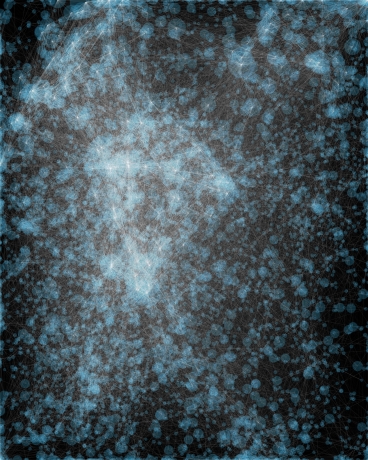ACADEMIA
Data mining without prejudice
A new technique for finding relationships between variables in large datasets makes no prior assumptions about what those relationships might be.
The information age is also the age of information overload. Companies, governments, researchers and private citizens are accumulating digital data at an unprecedented rate, and amid all those quintillions of bytes could be the answers to questions of vital human interest: What environmental conditions contribute most to disease outbreaks? What sociopolitical factors contribute most to educational success? What player statistics best predict a baseball team’s win-loss record?
There are a host of mathematical tools for finding possible relationships among data, but most of them require some prior knowledge about what those relationships might be. The problem becomes much harder if you start with a blank slate, and harder still if the datasets are large. But that’s exactly the problem that researchers at MIT, Harvard University and the Broad Institute tackle in a paper appearing this week in the journalScience.
David Reshef, a joint MD-PhD student in the Harvard-MIT Division of Health Sciences and Technology (HST) — who, along with his brother, Yakir, is lead author on the new paper — says his team’s approach to data mining tries to maximize two properties that are often in conflict; he calls these generality and equitability.
The graph of the relationship between two variables in a dataset could take any shape: For a company’s hourly employees, the graph of hours worked to wages would approximate a straight line. A graph of flu incidence versus time, however, might undulate up and down, representing familiar seasonal outbreaks, whereas adoption of a new technology versus time might follow a convex curve, starting off slowly and ramping up as the technology proves itself. An algorithm for mining large datasets needs to be able to recognize any such relationship; that’s what Reshef means by generality.
Equitability is a little more subtle. If you actually tried to graph workers’ hours against wages, you probably wouldn’t get a perfectly straight line. There might be some overtime hours at higher wages that throw things off slightly, or Christmas bonuses, or reimbursement for expenses. In engineers’ parlance, there could be noise in the signal. Most data-mining algorithms score possible relationships between variables according to their noisiness; the noisier the relationship, the less likely that it represents a real-world dependency. But linear relationships, undulating relationships or curved relationships with the same amount of noise should all score equally well. That’s equitability.
As it happens, most previous attempts to create general data-mining algorithms have tended to privilege some relationships over others. So, for instance, a very noisy linear relationship might receive the same score as a nearly noiseless undulating relationship, making it difficult to interpret the algorithm’s output.
On the grid
Reshef holds both a bachelor’s and a master’s from MIT, but while both degrees are in computer science, for his master’s thesis he chose to work with Pardis Sabeti, an assistant professor of biology at Harvard and a member of Harvard and MIT’s joint Broad Institute. “I had started trying to think about some large epidemiological datasets, and since I wasn’t an epidemiologist, I didn’t really know what to look for,” Reshef says. “I just kind of wanted to know, ‘What are the variables in these datasets that are most associated?’ Being as naïve as I was, I hadn’t quite realized how difficult of a question that was to answer.” Once he realized the scale of the problem, “I roped my brother” — then an undergraduate math major at Harvard — “in to help me.”
Reshef’s eight co-authors on the Science paper include not only his brother, Sabeti, and Michael Mitzenmacher, a Harvard professor of computer science, but also colleagues from Oxford University in the U.K. (where Reshef was a Marshall Scholar), the Broad Institute and the Weizmann Institute in Israel, where Yakir is now a Fulbright Scholar.
The procedure that their algorithm follows can be interpreted visually. Effectively, the algorithm considers every pair of variables in a dataset and plots them against each other. It then overlays each graph with a series of denser and denser grids and identifies the grid cells that contain data points. Using principles borrowed from information theory, the algorithm assesses how orderly the patterns produced by the data-containing cells are. The score for each pair of variables is based on the score of its most orderly pattern.
“The fundamental idea behind this approach is that if a pattern exists in the data, there will be some gridding that can capture it,” Reshef says. And because the cells in a grid can track a curve as easily as they can a straight line, the method isn’t tied to any particular type of relationship.
The problem that Reshef and his colleagues have tackled “is a very important problem,” says Eli Upfal, a professor of computer science at Brown University, and the researchers’ algorithm “looks like a very novel and a very interesting approach.”
“Most of the analysis [of relationships between data] assumes some model, and a big chunk of the work assumes linear models,” Upfal says. “What we have here now is a technique that is independent of any assumptions about the data.”
Upfal cautions that “the proof will be to what extent scientists really adopt this approach, and that will take some time to see.” But, he says, “for the initial paper presenting a new technique, it definitely looks great.”

